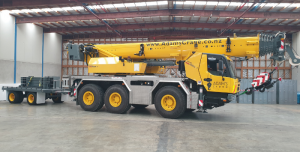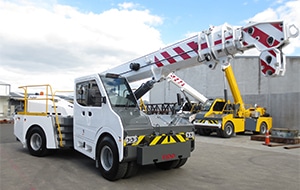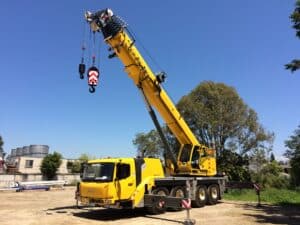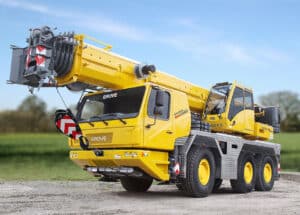How Crawler Cranes Can Be More Environmentally Friendly
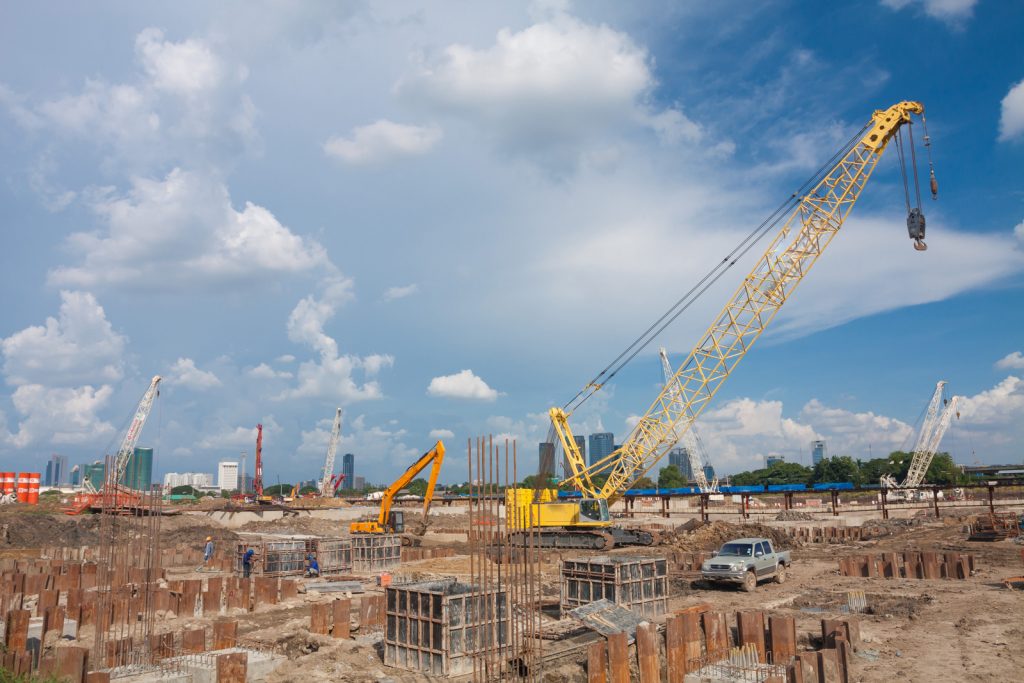
What Is A Crawler Crane And How They Are Commonly Used
A crawler crane is a type of crane that is supported on an undercarriage with crawler tracks, rather than wheels. They are commonly used in heavy lifting applications and construction projects.
Crawler cranes have a long history, with the first recorded use dating back to ancient China. In recent years, they have become increasingly popular due to their versatility and ability to operate in a wide range of conditions.
Crawler cranes are most commonly used in construction projects, where they are used for tasks such as lifting and moving heavy loads, digging trenches, and transporting materials. They are also commonly used in mining and other heavy industries.
Crawler cranes typically have a lifting capacity of up to several hundred tonnes, making them well-suited for lifting heavy loads. They also have a wide range of features and attachments that can be used for a variety of tasks.
Crawler cranes are typically operated by a trained operator, who controls the crane using a remote control. This allows the operator to keep a safe distance from the crane and the load being lifted.
If you are looking for a crane that can handle heavy loads and is versatile enough to be used in a variety of applications, a crawler crane may be the right choice for you.
The Environmental Impact Of Crawler Cranes
Crawler cranes are massive machines often used in the construction and mining industries to move heavy loads. While these cranes are incredibly useful, their environmental impact must be considered.
Crawler cranes typically run on diesel fuel, which is a non-renewable resource and emits harmful pollutants into the air. The emissions from crawler cranes can contribute to air pollution, which can lead to respiratory problems for people and animals and can also damage the environment.
In addition to their emissions, crawler cranes can also be a source of noise pollution. The noise from these cranes can be disruptive to humans and wildlife and can cause stress and anxiety.
While crawler cranes are necessary for many industries, it is important to be aware of their environmental impact and to take steps to minimize it. Using alternative fuels, such as biodiesel, can help to reduce emissions, and operating the cranes during off-peak hours can help to reduce noise pollution.
Outline ways in which crawler cranes can be made more environmentally friendly
Crawler cranes are some of the most versatile and powerful machines used in construction and industrial settings. But their environmental impact is significant, due to the diesel fuel they burn and the emissions they release.
There are a number of ways to make crawler cranes more environmentally friendly, including:
Use Alternative Fuels
Some crawler cranes can be converted to run on alternative fuels like biodiesel or natural gas. This can significantly reduce emissions and help the crane operator save money on fuel costs.
Install Emission-Control Devices
Emission-control devices, such as filters and catalysts, can be installed on crawler cranes to further reduce the emissions they release.
Use Electric Crawler Cranes
Electric crawler cranes are becoming more popular due to their zero emissions. These cranes are powered by batteries or an external power source, making them a great option for environmentally-conscious construction projects.
Educate Crane Operators
Proper education and training for crane operators can help to ensure that the crane is being used in the most efficient way possible, which can minimize fuel consumption and emissions.
By taking these steps, construction companies can help to make their crawler cranes more environmentally friendly and reduce their impact on the planet.
Describe the benefits of using more environmentally friendly crawler cranes
As the world progresses, so does the technology we use every day. This includes the machines we use to complete various tasks, such as construction. Construction involves many different machines, one of which is the crane. Now, there are different types of cranes, but the most commonly used crane in construction is the crawler crane.
A crawler crane is a type of mobile crane that is typically used in heavier construction, such as lifting materials that are too heavy or awkward for a regular crane. They are also used in construction that requires extra stability, such as when building high-rise buildings. Crawler cranes typically have a long boom and a large counterweight at the back end of the crane to keep it balanced.
Crawler cranes are very versatile and can be used in many different ways, such as to lift and place large objects, or to move objects from one place to another. However, they can also be used for more environmentally friendly purposes.
There are many benefits to using more environmentally friendly crawler cranes. One benefit is that they can help to reduce the carbon footprint of a construction project. This is because they are powered by electricity, which is a cleaner and more renewable source of energy than fossil fuels.
Another benefit of using more environmentally friendly crawler cranes is that they can help to reduce noise pollution. This is because they are much quieter than traditional cranes, which use diesel engines.
Finally, using more environmentally friendly crawler cranes can also help to reduce the amount of construction waste that is produced. This is because they are more efficient and can handle larger loads, which means that less material is needed to be transported to and from the construction site.
Overall, there are many benefits to using more environmentally friendly crawler cranes. They can help to reduce the carbon footprint of a construction project, reduce noise pollution, and reduce the amount of construction waste that is produced.
Consider The Impact Of Your Choices
The choice to use more environmentally friendly crawler cranes is a smart one that will have a positive impact on the environment. These cranes use less fuel and produce fewer emissions, making them a great choice for construction projects.
Not only will this help to reduce the carbon footprint of the project, but it will also help to improve air quality and reduce noise pollution.

